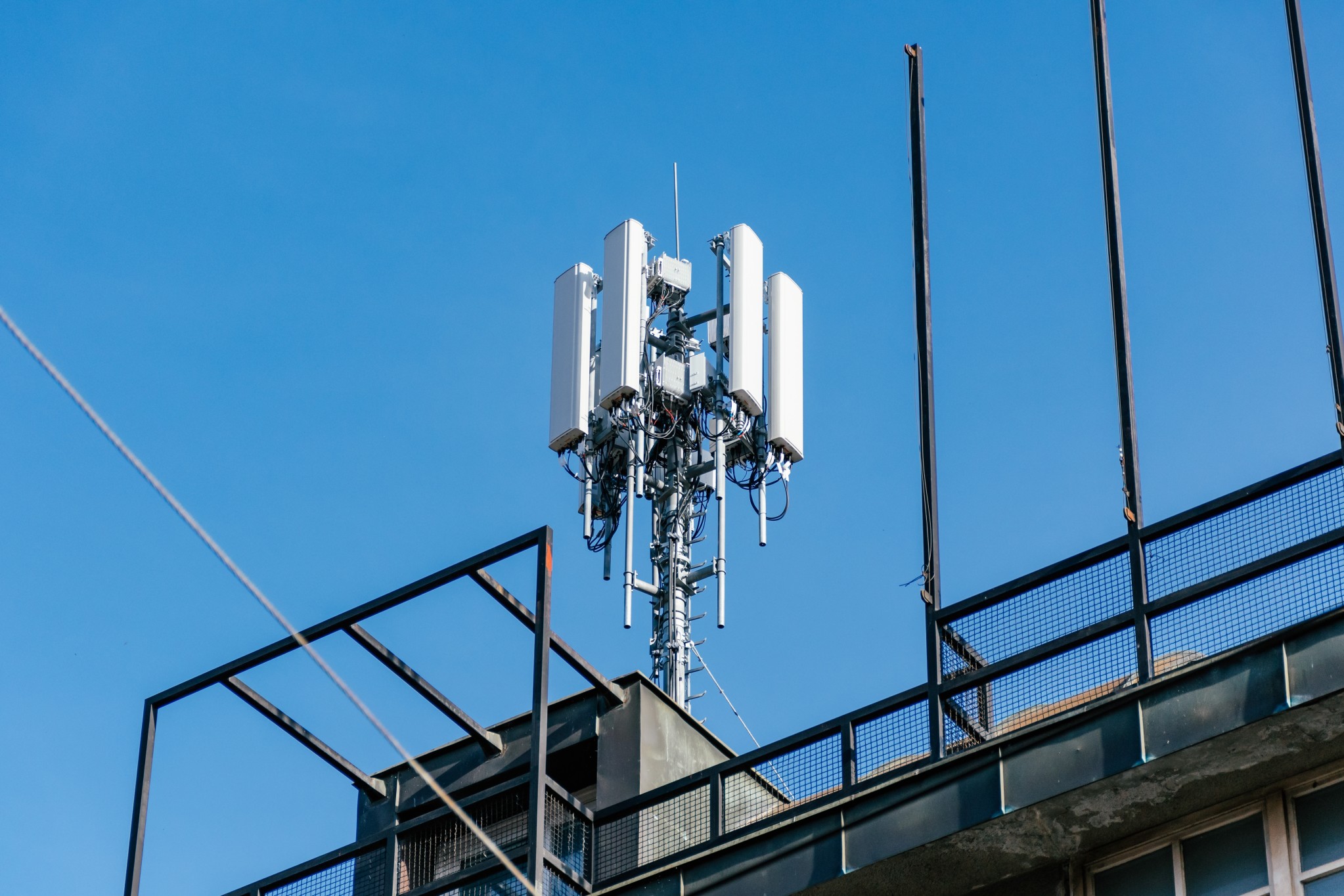If you've ever wandered through a city, you may have seen tiny mini 5G cell towers on the poles of street lights. They look like little boxes however, they're actually transmitting wireless signals from cellular providers to your mobile.
They are replacing the larger, purpose-built cell towers. Although they're not as visible, they still can create issues for users.
It is the FCC's Radiation Exposure Thresholds
The FCC's Radiation Exposure Thresholds determine the maximum amount of time an individual can be exposed to electromagnetic energy generated by wireless devices. The limits of exposure are based on research which prove that electromagnetic energy can be harmful to human health.
The specific absorption rate (SAR) is an indicator of the amount of radiofrequency energy that is absorbed by tissue. It is typically 1.6 Watts per kilogram spread over a gram of tissue.
Since 5g is able to transmit at higher frequencies this could be able to create more energy on the skin and other exposed body parts. This can lead to many possible harms, such as an increase in appearance of skin disorders such as dermatitis, skin cancer and cataracts.
Due to the potential for harmful effects of radiation from 5G, PSU has chosen to create a general maximum power density of four MW/cm2 measured across 1 centimeter, and never exceeding 30 minutes for all 5G services running at 3000 GHz. This localized limit is in accordance with the peak spatial-average SAR of 1.6 W/kg, averaged over one grams of tissues at six GHz.
The FCC's Maximum Exposure Thresholds
Have you ever used a cell phone, you probably know that the safest distance from the tower is around 400 meters away. This is because the power of the transmission of the cell tower is significantly increased the farther your location from the tower.

Although safe distance to live from cell phone tower may sound like a good idea, the reality is that those living close to towers might be more susceptible to health problems. For example, a study from 2014 in India found that those who lived within 50 meters of cell towers had much more health problems than those who lived farther away from the antennas.
But, the study showed that residents who moved into areas farther away from the cell towers saw their symptoms improve within a couple of days. Another study has shown that exposure to high levels of radiofrequency electromagnetic fields (EMFs) can lead to cancer, brain tumors as well as other health issues.
This is because the RF radiation used in wireless communication can penetrate the human body's exterior layer, which is the skin. This is important to understand because the skin serves as a shield against injuries caused by mechanical forces, infections by pathogenic microorganisms, and infiltration of toxic substances. The skin is the largest organ in the human body. It is responsible for protecting other organs.
The FCC's Minimum Exposure Thresholds for the Minimum Exposure
The FCC's Minimum Exposure Thresholds are based on many assumptions that aren't supported by evidence from science. what is a safe distance from a 5g cell tower include the incorrect belief that exposures to RF radiation is safe because of the minimal absorption into body (i.e., tissue heating).
The assumption also ignores the greater penetration of ELF parts of the modulated RF signal as well as the consequences of short bursts of heat generated by RF waves that are pulsed. These theories are not compatible with current understanding of the biological consequences of RF radiation. As such, they should not be relied upon for health-protection exposure guidelines.
Furthermore, the ICNIRP and FCC limit their maximum exposure limits to local peak SARs, based on the peak frequency of absorption (psSAR) which is not a sufficient dosimetric tool to assess the amount of exposure to radiofrequency radiation. Particularly the psSAR tool is not accurate for frequencies above 6 GHz. Furthermore, psSAR has not been tested for RF radiation with co-exposure to other environmental agents such like sunlight. safe distance to live from cell phone tower of RF radiation with other agents in the environment could cause synergistic or antagonistic results. This can lead to an increased risk of adverse health consequences. For example, exposure to RF radiation and sunlight could cause an increase in the incidence of developing skin cancer and exacerbate other skin conditions like acne.
